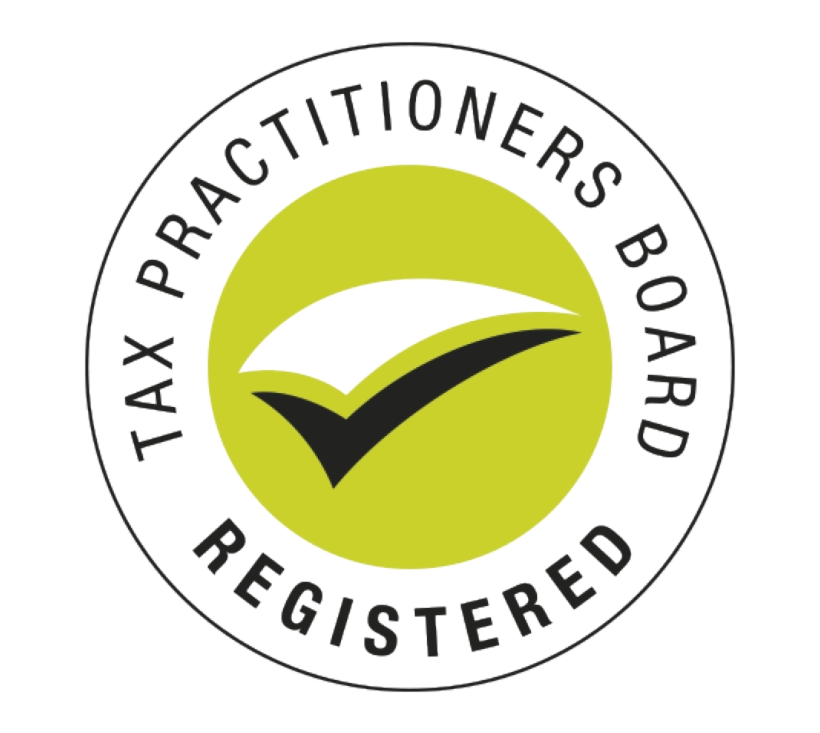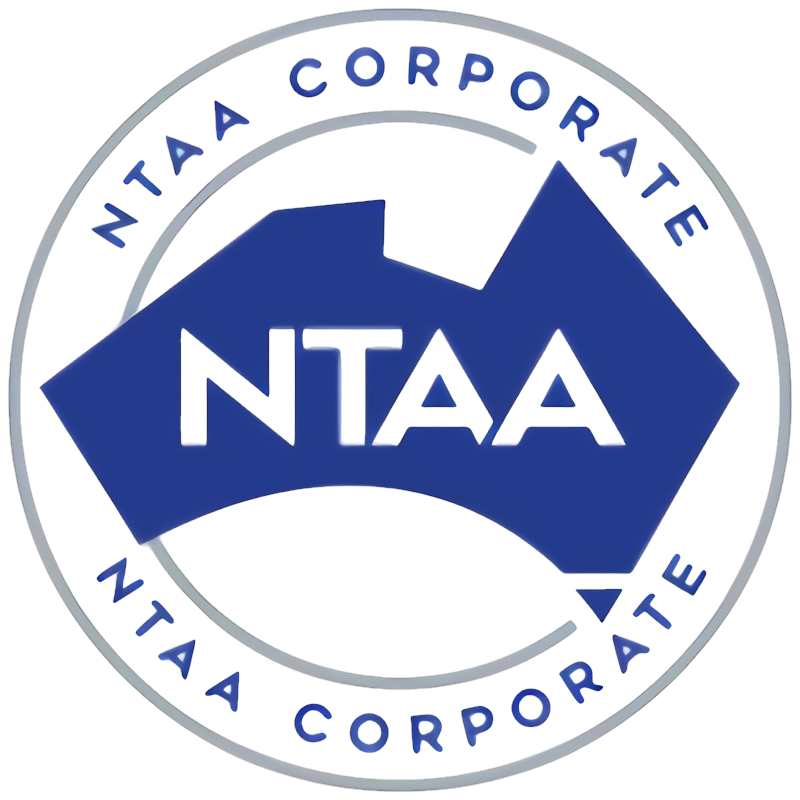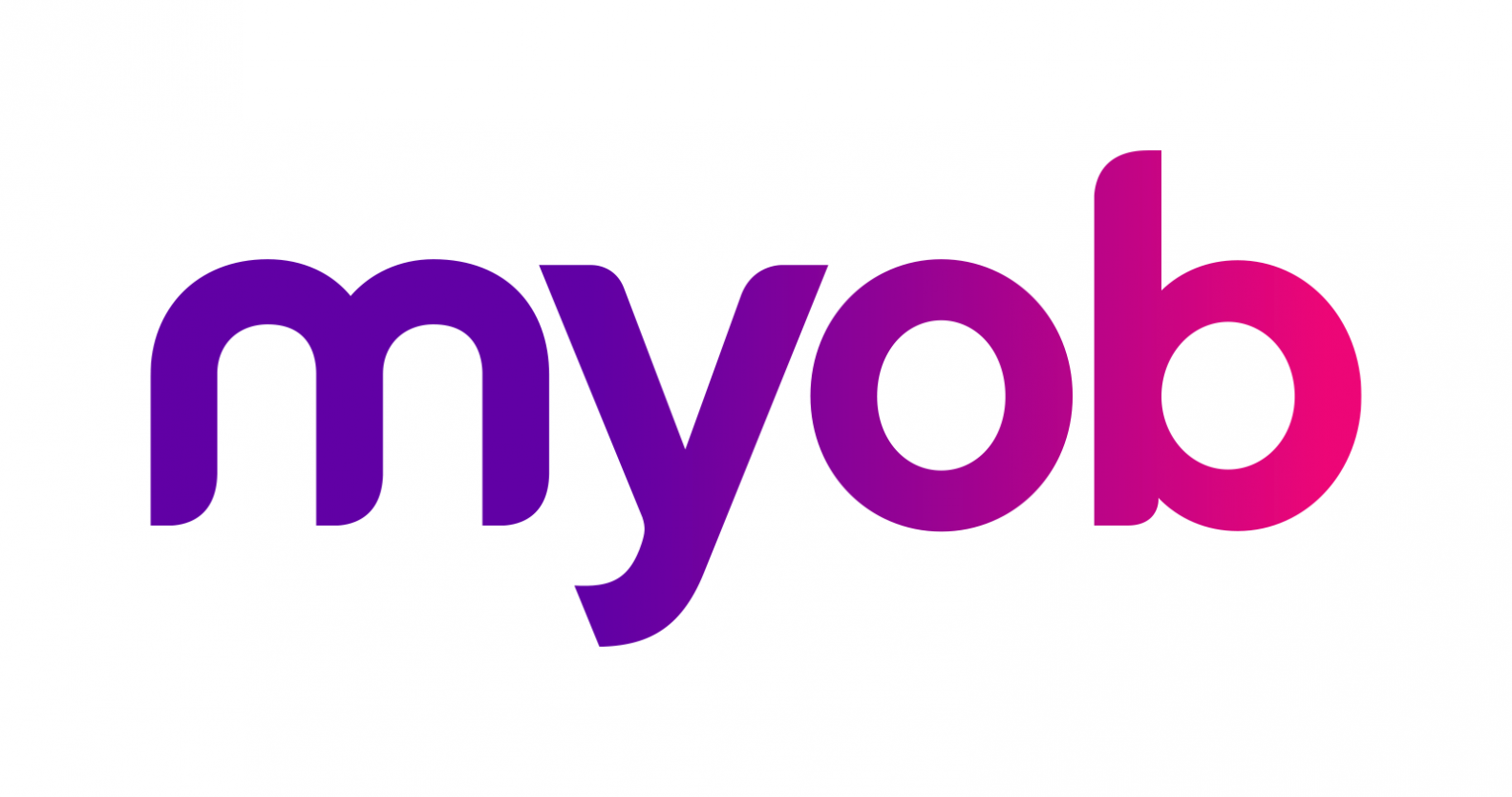Instructions for foreign investors who need to register an asset or update details about an existing asset.
What is an asset
An asset can be a:
- property – residential or commercial real estate, or agricultural land
- registrable water interest (water entitlement)
- business interest
- mining, production or exploration tenement.
There is no fee payable to register assets.
Register a new asset
Check the information required to register the relevant asset type. Have the information you need ready to complete the registration in one session, as:
- the service will time out after 25 minutes of no activity
- you can’t save your progress to complete later.
Each asset must be registered separately.
Log in to Online services for foreign investors. From the home page, select the Asset menu or Register asset quick link.
At the Asset page select Add then Register new asset.
The asset will have an Asset ID after it is registered.
Required information
The information you need to provide for each asset type:
Property
Each registration represents one property. If a property has both freehold and leasehold, you will need a registration for both.
Note: A property registration, usually agricultural or commercial land, can have up to 150 titles on the property. If the number of titles exceeds 150, you need to add another registration. Let us know in the other relevant information field there are multiple registrations.
Information you will need to provide, depending on property type:
Residential real estate
Required information:
- Settlement date – the legal date ownership of the asset was transferred into the investors name. This date can be found on the contract for the asset purchase, subject to any changes by the parties before settlement.
- Date action was taken – the date the agreement had been entered into or an option obtained, regardless of if the transaction was completed or the legal title to the asset was obtained.
- Is this a national security action? If
- Yes, the national interest security type
- No, is the asset being registered related to a no objection notification or exemption certificate
- FIRB ID – this is the number you were provided when making your foreign investment application. It can also be found on your no objection notification. When registering a residential property, make sure that:
- you use the original 13 digits you were provided with, (for example, 0000123456789)
- if you varied the original residential application you use the number from the original application, not the variation.
- If you own the property with others as joint tenants, the owner registering the asset will also need the total number of joint tenants.
- Property name – if you have multiple properties use the property name to indicate the different properties and for easy reference in the future. This information will display on your list of registered assets.
- Address
- Percentage of ownership – this will be 100% unless the property is owned as tenants in common
- Consideration for the acquisition ($AUD)
- Title holding type (freehold or leasehold)
- Land titles – you will need details depending on the asset and what you select:
- lot, plan type, plan
- volume or folio
- section or block
- allotment
- parish or township
- If you know the land area
- Leasehold (option to select perpetual lease)
- Term of lease
- Lease end date
- Contact details for the entity or another person.
Commercial real estate
Required information:
- Settlement date – the legal date ownership of the asset was transferred into the investors name. This date can be found on the contract for the asset purchase, subject to any changes by the parties before settlement.
- Date action was taken – the date the agreement had been entered into or an option obtained, regardless of if the transaction was completed or the legal title to the asset was obtained.
- Is this a national security action? If
- Yes, the national interest security type
- No, is the asset being registered related to a no objection notification or exemption certificate
- Foreign investment submission ID – this is the number you were provided when making your foreign investment application and can also be found on your no objection notification. Make sure you insert the information using the format:
- FI followed by the application year and your 5 digit number, for example, FI2022/12345
- If your original application was varied, use the number from the varied application, not the original
- if you didn’t require approval to acquire the asset, type FI1
- if you own the property with others as joint tenants, the owner registering the asset must include the total number of joint tenants
- Main business ANZSIC code
- Property name – if you have multiple properties use the property name to indicate the different properties and for easy reference in the future. This information will display on your list of registered assets.
- Address
- Percentage of ownership
- Consideration for the acquisition ($AUD) – if leasehold, generally consideration is the total amount paid over the term of the lease including any options
- Holding type
- Land titles – you will need details depending on the asset and what you select:
- lot, plan type, plan
- volume or folio
- section or block
- allotment
- parish or township
- If you know the title land area or floor space
- Contact details for the entity or another person.
Agricultural land
Required information:
- Settlement date – the legal date ownership of the asset was transferred into the investors name. This date can be found on the contract for the asset purchase, subject to any changes by the parties before settlement.
- Date action was taken – the date the agreement had been entered into or an option obtained, regardless of if the transaction was completed or the legal title to the asset was obtained
- Is this a national security action? If
- Yes, the national interest security type
- No, is the asset being registered related to a no objection notification or exemption certificate
- Foreign investment submission ID – this is the number you were provided when making your foreign investment application and can also be found on your no objection notification. Make sure you insert the information using the format:
- FI followed by the application year and your 5 digit number, for example, FI2022/12345
- If your original application was varied, use the number from the varied application, not the original
- if you didn’t require approval to acquire the asset, type FI1
- If owned as joint tenants, the owner registering the asset will also need the total number of joint tenants
- Property name – if you have multiple properties use the property name to indicate the different properties and for easy reference in the future. This information will display on your list of registered assets.
- Address
- Percentage of ownership
- Consideration for the acquisition ($AUD) – if leasehold, generally consideration is the total amount paid over the term of the lease including any options
- Title holding type (freehold or leasehold)
- Land title – you will need details depending on the asset and what you select:
- lot, plan type, plan
- volume or folio
- section or block
- allotment
- parish or township
- Land use details and percentage
- Title land area in square metres
- Leasehold (option to select perpetual lease)
- Term of lease
- Lease end date
- Contact details for the entity or another person.
Mining production or exploration tenement
- Is this a national security action (including national security land and national security business)?
- Foreign investment submission ID – this is the number you were provided when making your foreign investment application and can also be found on your no objection notification. Make sure you insert the information using the format:
- FI followed by the application year and your 5 digit number, for example, FI2022/12345
- If your original application was varied, use the number from the varied application, not the original
- if you didn’t require approval to acquire the asset, type FI1
- Information from the licence – licence number, issue date, type, issuer, end date, issuing state or territory
- Date action was taken – the date the agreement had been entered into or an option obtained, regardless of if the transaction was completed or the legal title to the asset was obtained.
- Percentage of ownership
- Sector ANZSIC code
- Land area
- Location
- Contact details for the entity or another person.
Business interest
- Acquisition date – this is the legal date the foreign investor took ownership of the business.
- Date the action was taken – this is the date the agreement had been entered into or an option obtained, regardless of if the transaction was completed or the legal title to the asset was obtained.
- Is this a national security action (including national security land and national security business)?
- Foreign investment submission ID – this is the number you were provided when making your foreign investment application and can also be found on your no objection notification. Make sure you insert the information using the format:
- FI followed by the application year and your 5 digit number, for example, FI2022/12345
- If your original application was varied, use the number from the varied application, not the original
- if you didn’t require approval to acquire the asset, type FI1
- Business interest type
- ABN or ACN (if ACN business or entity name and main business location)
- Main business activity ANZSIC code
- Percentage of ownership
- Consideration for the acquisition ($AUD) (not for business agreement or constituent document)
- Nature of business agreement or constituent document, if relevant
- Contact details for the entity or another person.
Water entitlement
Information for a registrable water interest (water entitlement)
- Entitlement issue date – this is the date the water licence was issued.
- Date action was taken – this is the date the agreement had been entered into or an option obtained, regardless of if the transaction was completed or the legal title to the asset was obtained.
- If this is a national security action, if
- No, is the asset being registered related to a no objection notification or exemption certificate
- Yes, the national interest security type (National interest, Notifiable national security, Reviewable national security)
- Foreign investment submission ID – this is the number you were provided when making your foreign investment application and can also be found on your no objection notification. Make sure you insert the information using the format:
- FI followed by the application year and your 5 digit number, for example, FI2022/12345
- If your original application was varied, use the number from the varied application, not the original
- if you didn’t require approval to acquire the asset, type FI1
- Issuing entity type and name
- Entitlement number
- Water system
- Entitlement number
- Percentage of ownership
- Water use details and percentage
- Volume (megalitres)
- Contact details for the entity or another person.
Add a joint tenant to a registered asset
After an asset has been registered by one joint tenant owner, other owners must add themselves to the asset.
Note: If the asset is owned as tenants in common, all owners must register the new asset with their percentage of ownership.
From the home page in Online services for foreign investors, select the Asset menu or Register asset quick link.
At the Asset menu select Add then Add joint tenant to registered asset.
You will need the:
- asset ID from the owner who registered the asset (all asset types)
- settlement date and address (property assets)
- entitlement issue date, type and number (water entitlement)
- acquisition date, interest type and the ABN or ACN (business interest)
- licence issue date, number and licence type (mining, production or exploration tenement).
Update asset details
When an asset is registered, you can update its details to reflect a:
- change in circumstances
- divestment
- cancellation request (for a registration made in error).
To update an asset’s details you need to ‘add an event’.
To add an event, from the home page in Online services for foreign investors:
- select the Asset menu or Register asset quick link
- then select the registered asset.
From the Manage asset screen:
- select the Event tab
- then select Add then Event type, then either
- Change in circumstances, or
- Divestment, or
- Cancellation request.
If something new has happened to the asset (for example, a dwelling has been demolished) add a Change in circumstances event.
Only use the Edit option to correct a mistake in an event you have added.
Change in circumstances
If there is any change to an asset or you need to update details of an asset, add a Change in circumstances event.
Changes in circumstances include:
- property assets where
- there is a change in land type
- construction is completed
- a dwelling is demolished
- water assets if there is a change to volume of water
- business interest if there is a change in ownership of an entity or business.
You will need the date the change happened (Event date).
Divestment
If you have sold or disposed of an asset, or redeveloped a property, you must update the asset using a Divestment event. This includes:
- full divestment
- partial divestment
- re-development (property only).
You will need:
- the sale or disposal of the asset date to complete the Event date
- an occupation date (re-development only)
- a value at divestment date (business interests and property).
Note that once an asset is fully divested, it cannot be changed or updated.
Cancellation request
Only use the Cancellation request where a registration was added in error. In other words, where it should never have been added as an asset.
If there is a mistake on the event use Edit instead.
Ref: QC72833
Please contact Wiselink Accountants if you require further information









